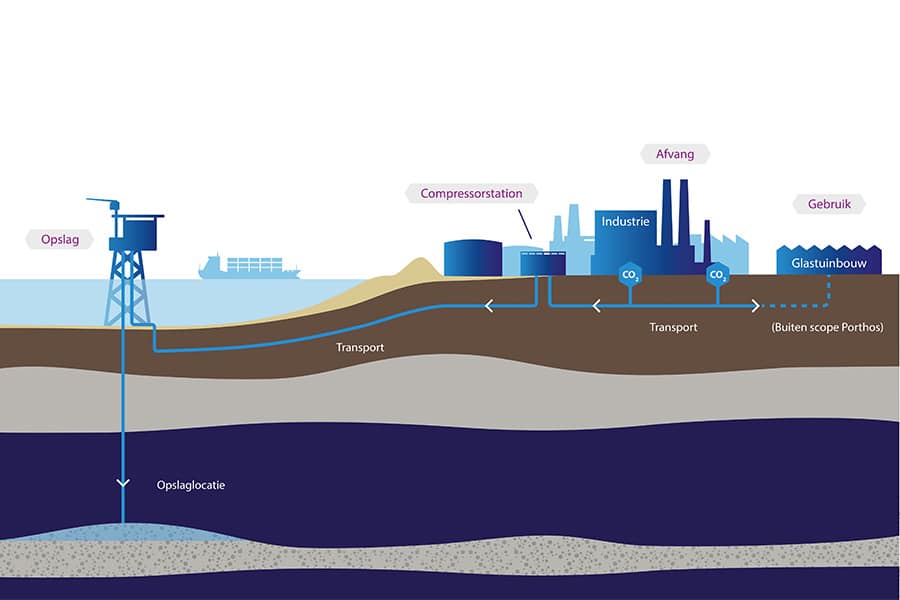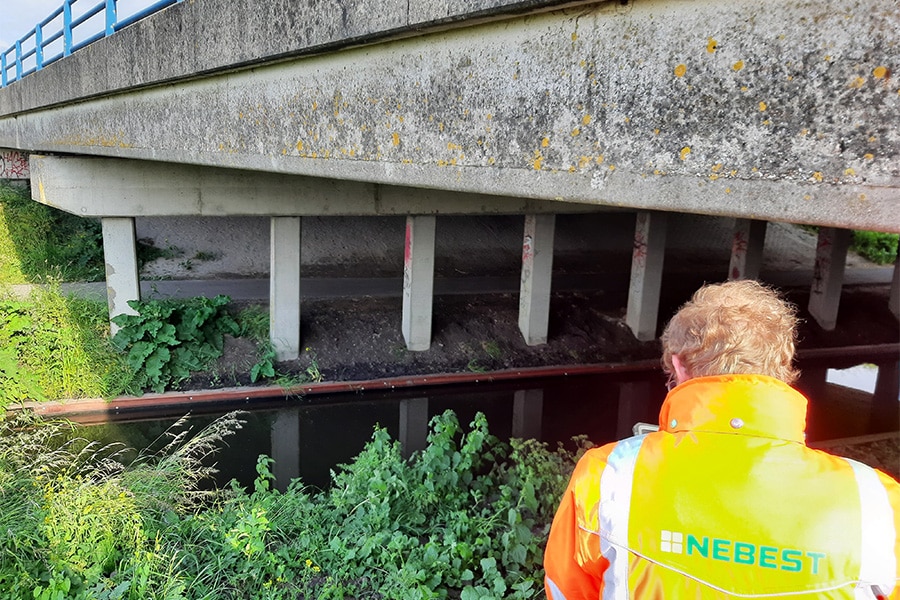
Ambitious with geopolymer concrete
Delivering concrete as sustainably as possible
Where do we stand when it comes to making concrete more sustainable? At A. Jansen B.V. at least, sustainability and innovation are in the genes. The company pleads for more ambition and courage, in order to realize the agreements in the Concrete Agreement. Delivery on performance facilitation can contribute to this, so that sustainable types of concrete can be used more widely.

A. Jansen B.V. has been at the forefront of sustainable and innovative solutions for infra, recycling and concrete for over 50 years. The company started as one of the first with mineral raw materials. Each time, the specialist takes steps to become even more sustainable, says Han Heijsters, responsible for Corporate Social Responsibility and Innovations. "We focus on circular construction in all facets. The CO2 emissions, the production of secondary raw materials at our sites in Helmond and Son, but also the transport and rental that fall under our business. Delivering concrete as sustainably as possible is our goal."

MKI value 70% lower
Bert Busgen, divisional director of Jansen Beton, a division of A. Jansen B.V.: "In our concrete plants, we use concrete granulate derived from concrete rubble from demolition works. From ingested tar asphalt, 'new' reusable sand and gravel is extracted through thermal cleaning to replace primary aggregates. This is also used for low-CO2 concrete." Going one step further, Jansen Beton is developing geopolymer concrete. In this, traditional cement is replaced as a binder by mineral substances, alkalis and an activator (geopolymer). "By applying secondary raw materials, combined with geopolymers, the MKI value can be reduced to 70%." Heijsters: "These mineral materials are also residuals. For example, a cubic meter of concrete can consist of as much as 99% of residual materials."

Proudly, Heijsters recounts the 2020 project in which geopolymer concrete was used to build an Ecovillage in Boekel, Brabant. "In this case it was a project with an ideological background, in which the first floor of 36 rental homes was realized with geopolymer concrete. For such projects, our product is the most sustainable concrete. In addition, in recent years we have been allowed to do two to three pilots a year for the government with this material." Still, Jansen Concrete is running into limitations in this regard. "Interest is clearly increasing, but the standards have not yet been harmonized. That means the concrete has to be retested for each project. Geopolymer concrete is more expensive than ordinary concrete and a review is also costly, this ensures that the use of sustainable concrete is not yet so widespread."

Guarantee of performance
Although Jansen Beton, like the other signatories of the Concrete Accord, is fully committed to the sustainability of concrete, there are therefore still a number of hurdles to be taken. Heijsters: "The government has the objective of using sustainable material, but deeper in the organization this causes resistance because there is still too little historical data. We therefore advocate making it easier to deliver on performance. This involves defining the performance to be delivered, and here we provide a guarantee. So far, we have done pilots on a small scale, but there must eventually be a move to projects where the risks become greater. If we don't do that, we are going to miss the targets in the
Concrete Agreement simply won't make it."

Jansen Beton therefore challenges its clients to also show a higher level of ambition in terms of sustainability. Busgen: "We are convinced of the quality of geopolymer concrete. It is not suitable for all applications, but we can do much more with it than it is currently used for." So far, the sustainable concrete has been used for such projects as a bicycle path between Oirschot and Middelbeers in Brabant, a bicycle bridge in Wageningen and the bicycle bridge at the N69. However, work is also underway on new projects such as an underpass made of geopolymer concrete and an industrial floor in Amsterdam.
Busgen sees positive signs, but also hopes that geopolymer concrete will become even more widely accepted. "Only that way can we collect more historical data to validate the material with." The government also sees the value in this. In 2023, TNO will follow a dozen projects where reinforced geopolymer concrete has been applied. "The client puts the question to us. We have the knowledge of concrete and will demonstrate what is possible."



